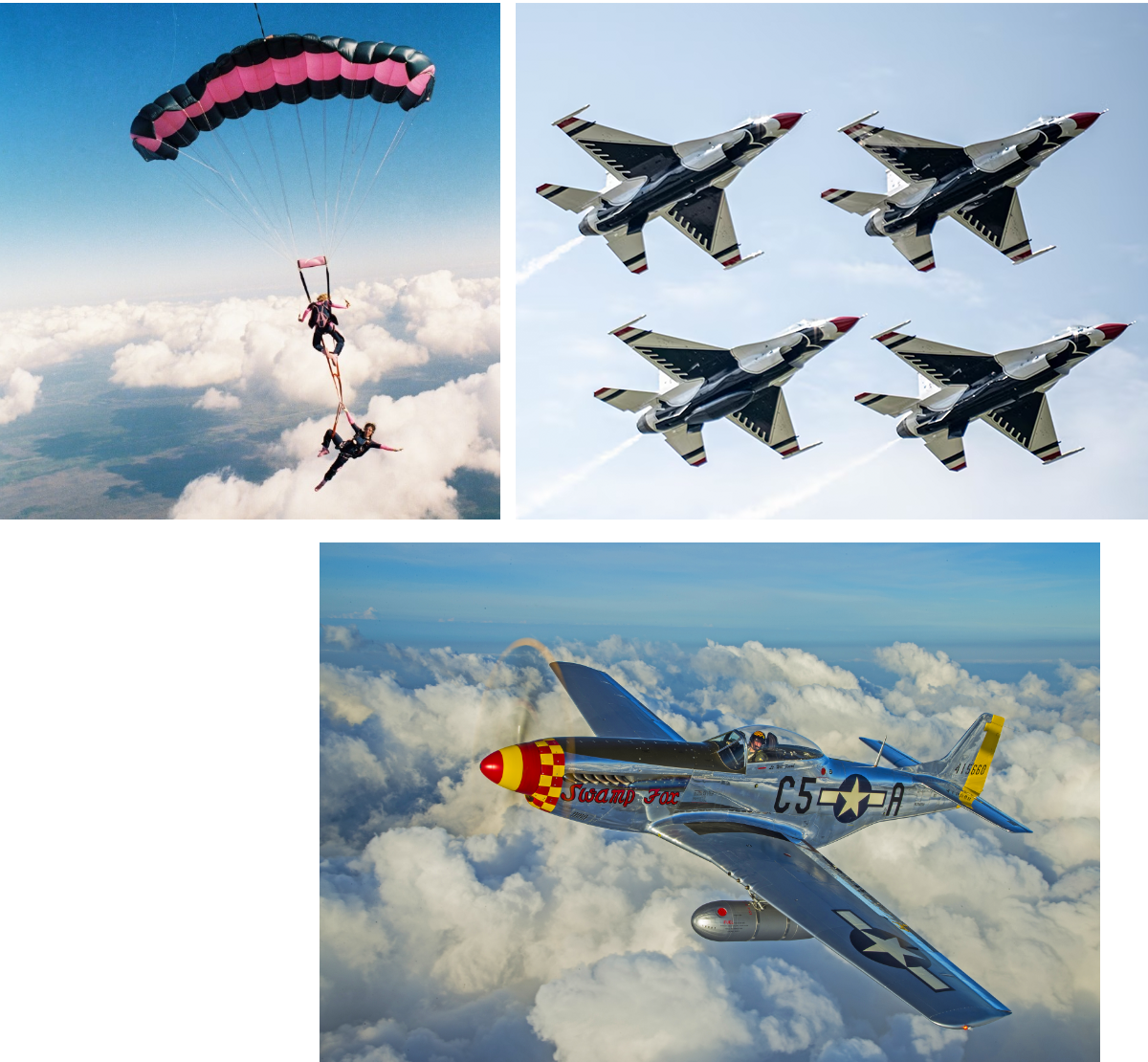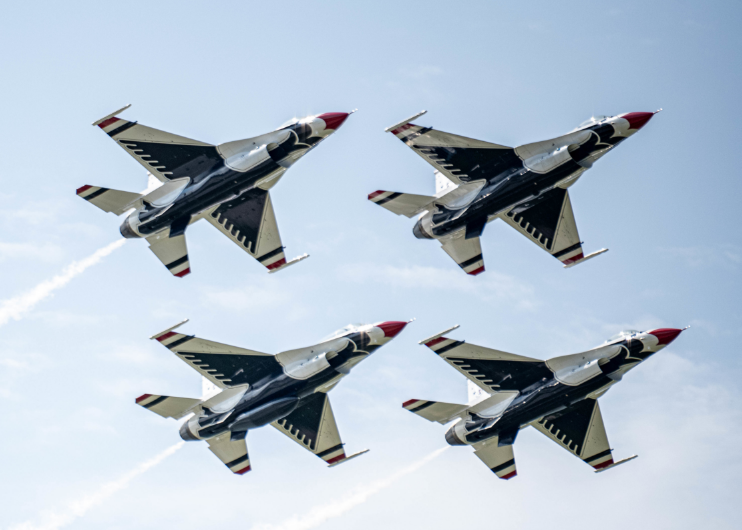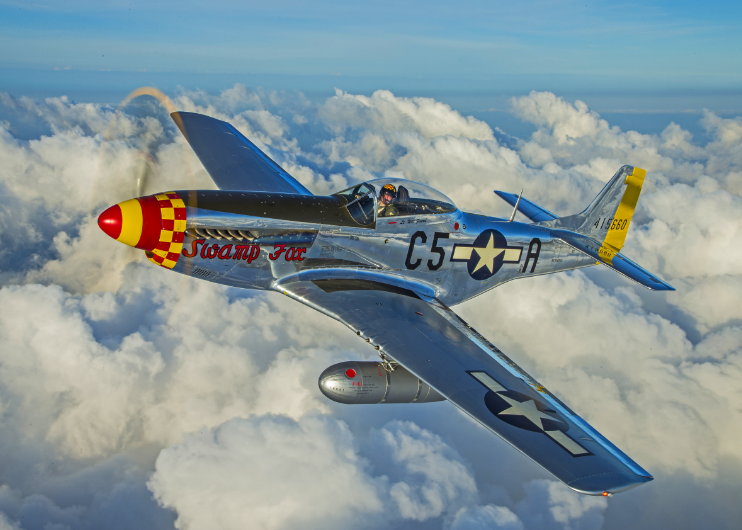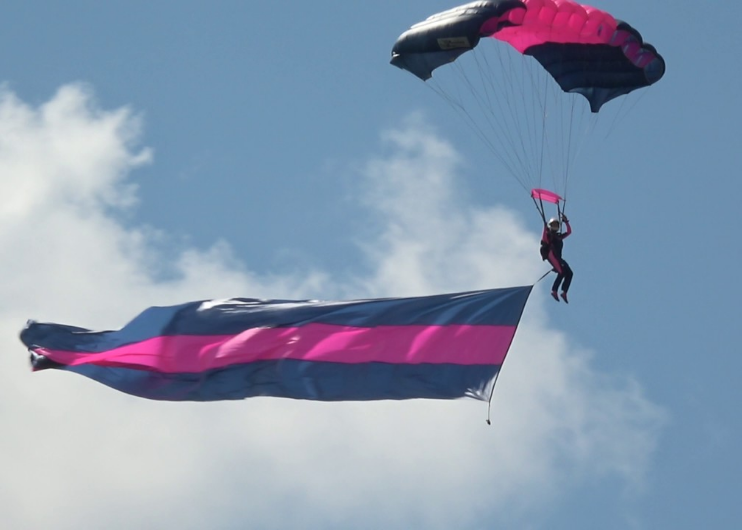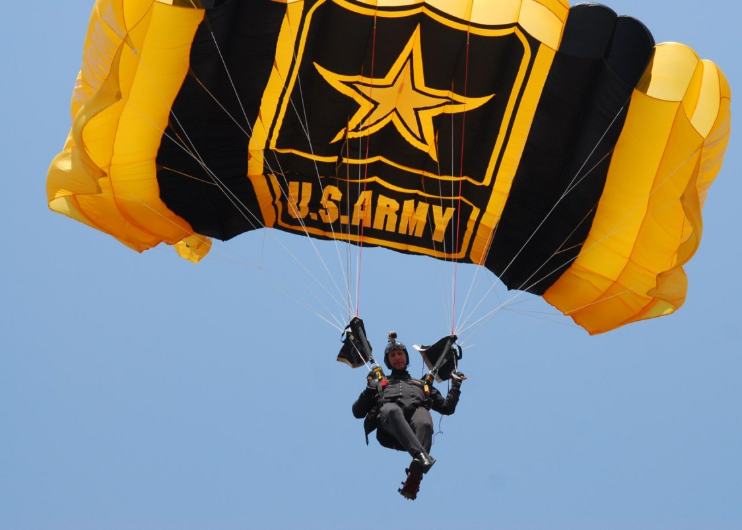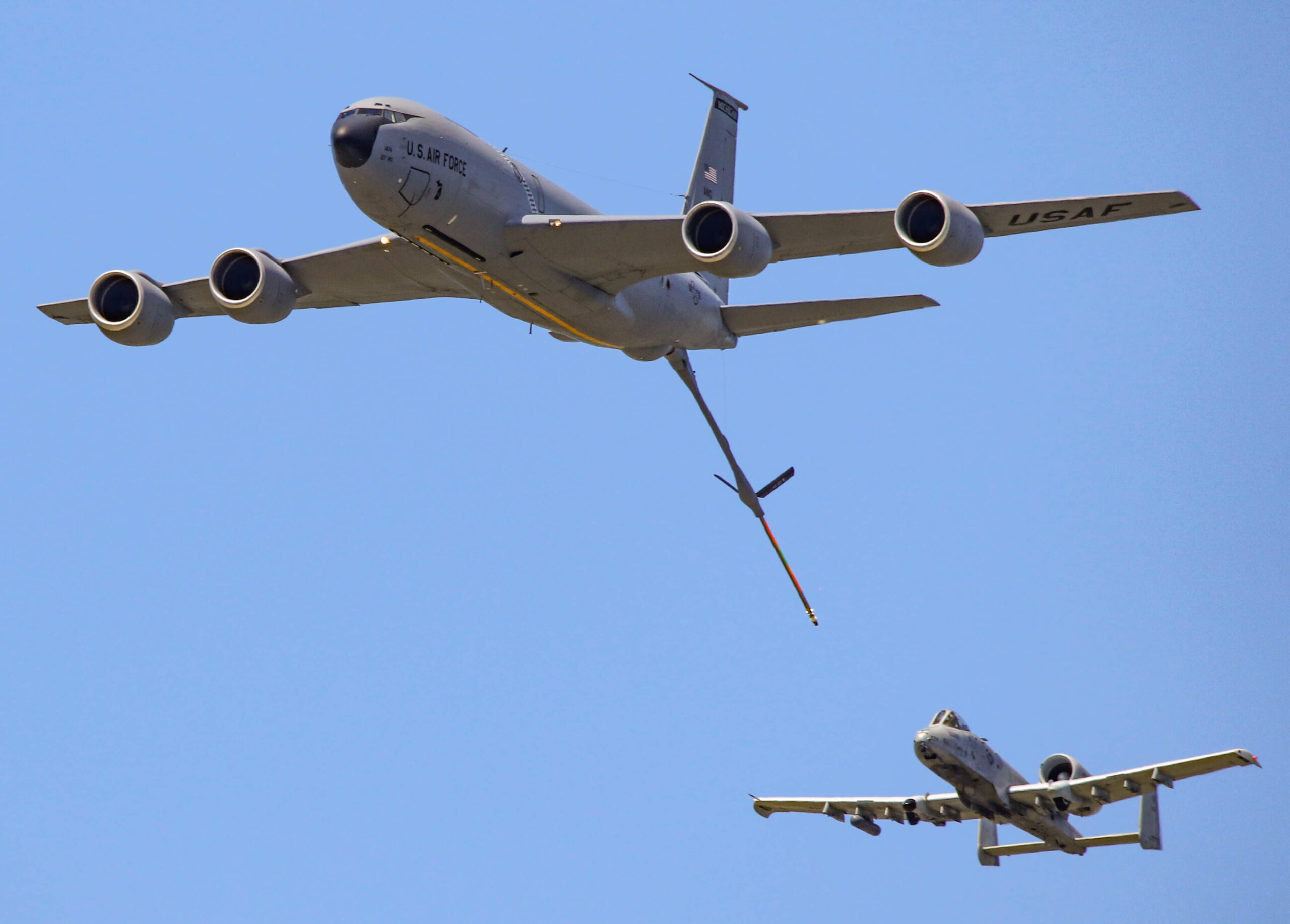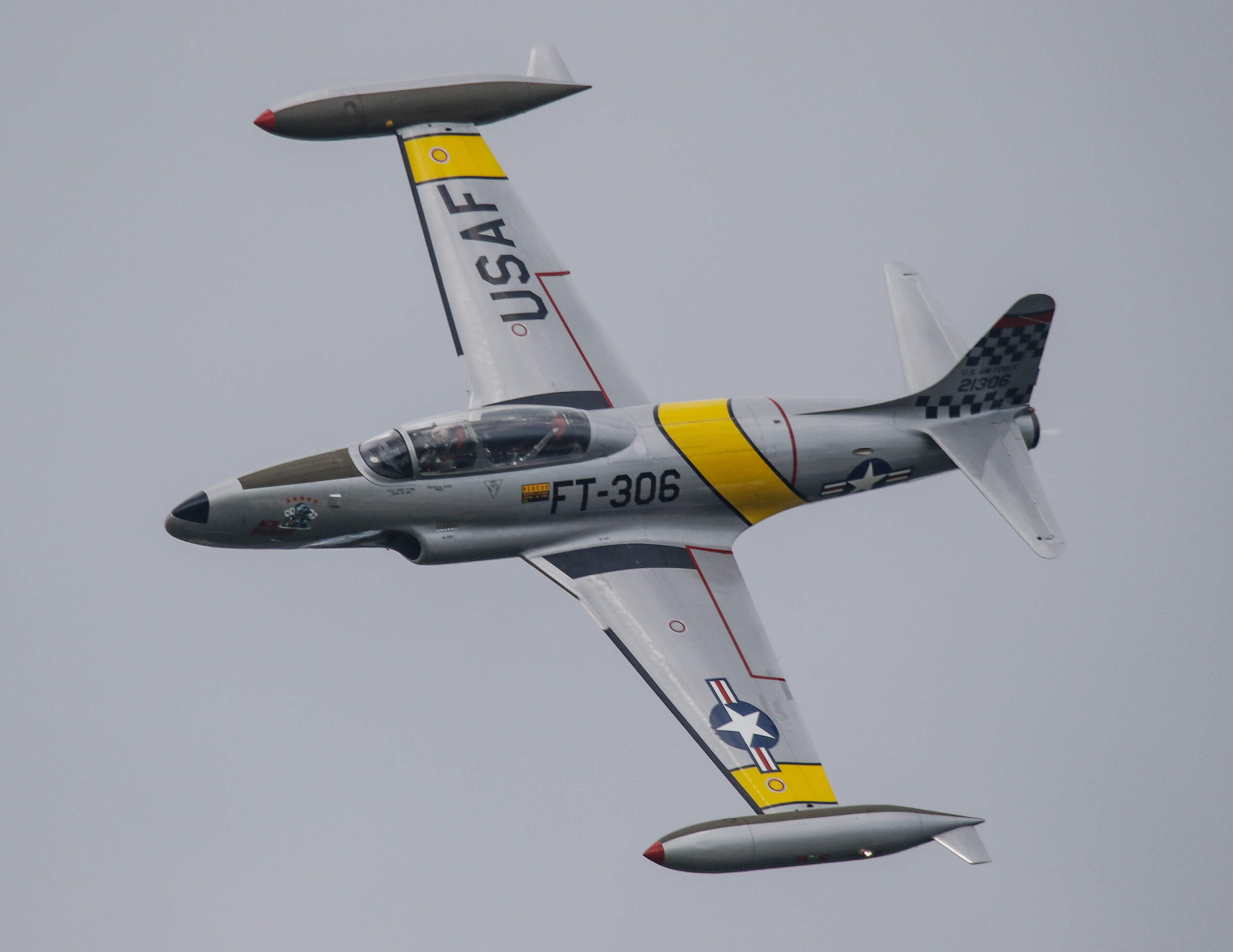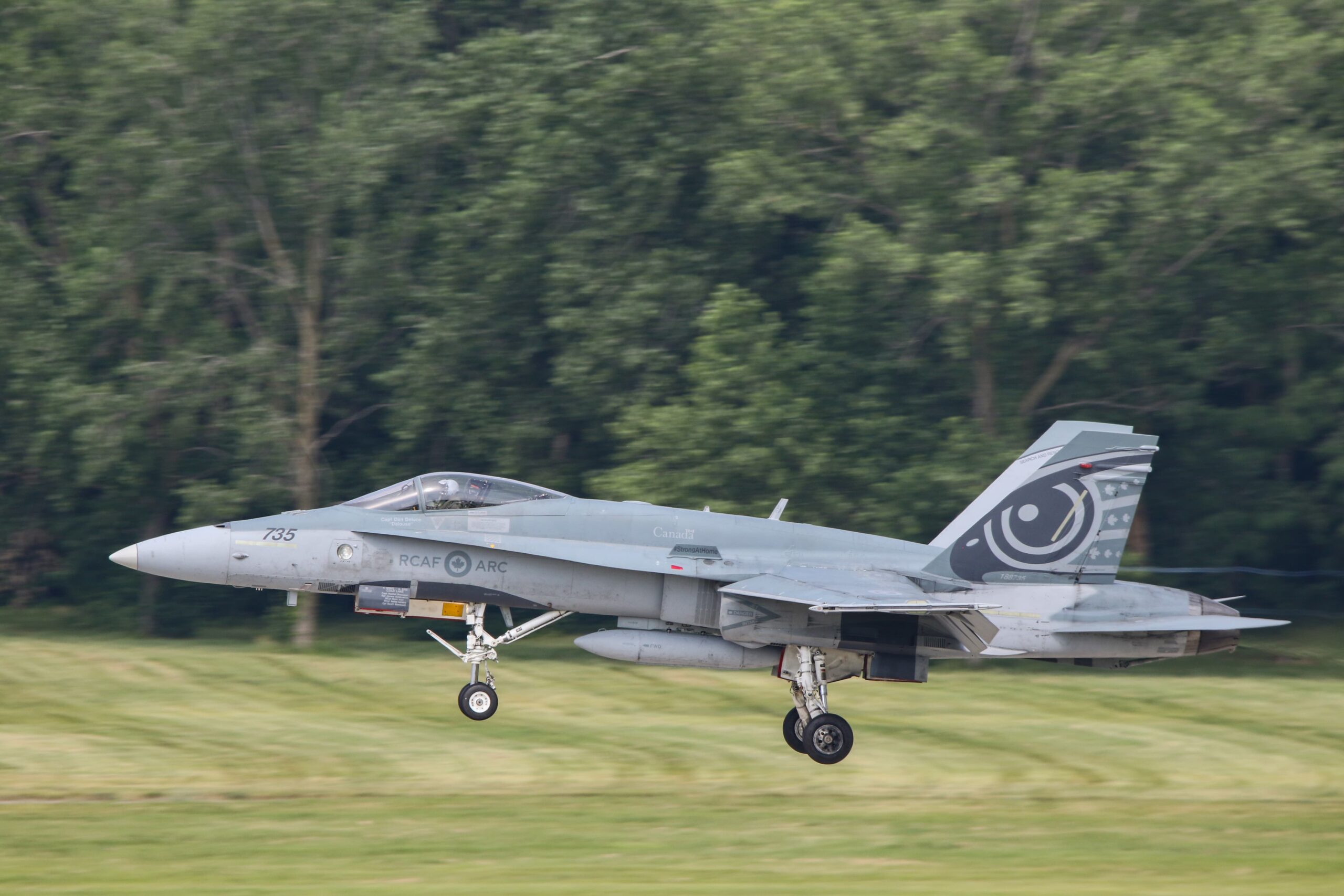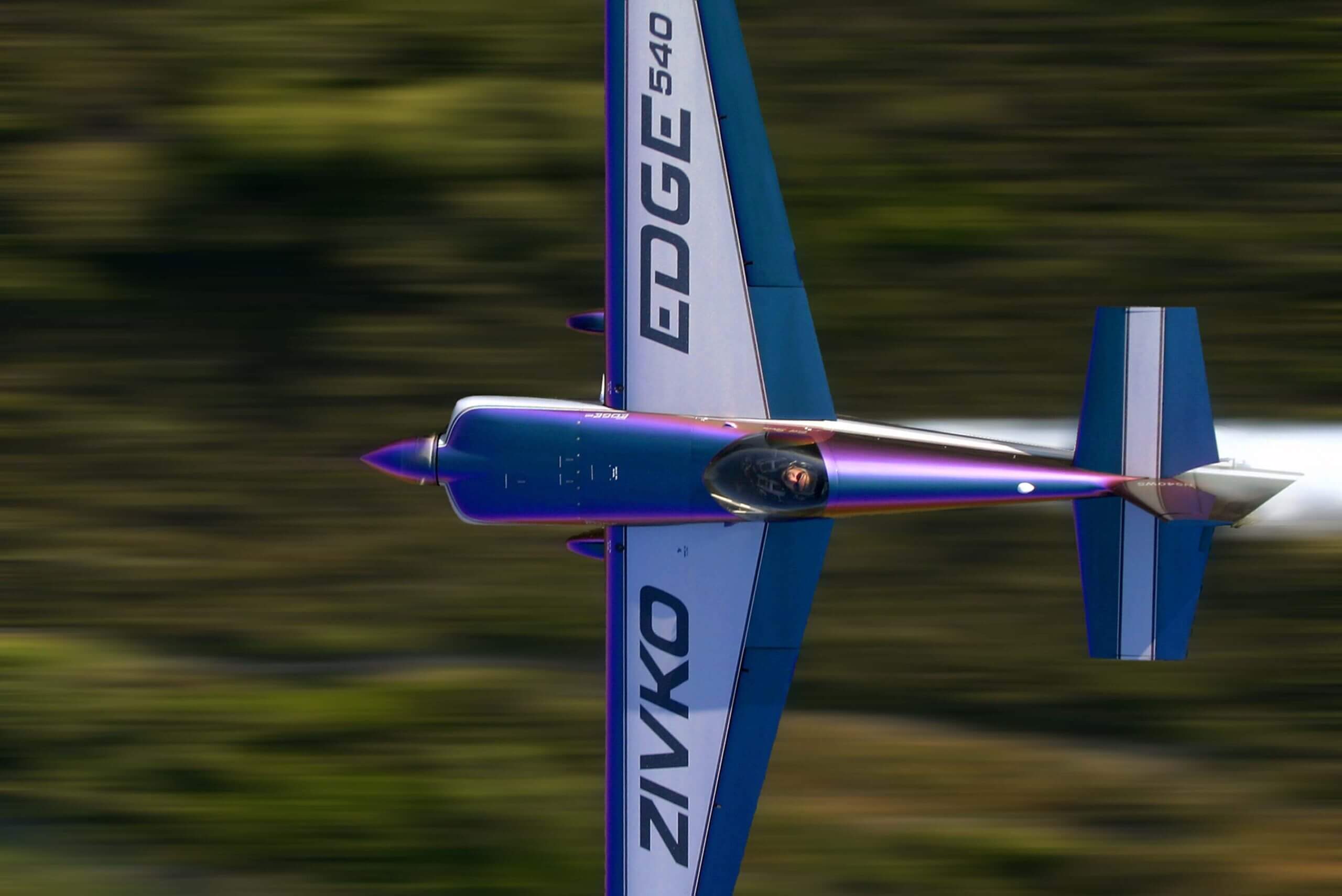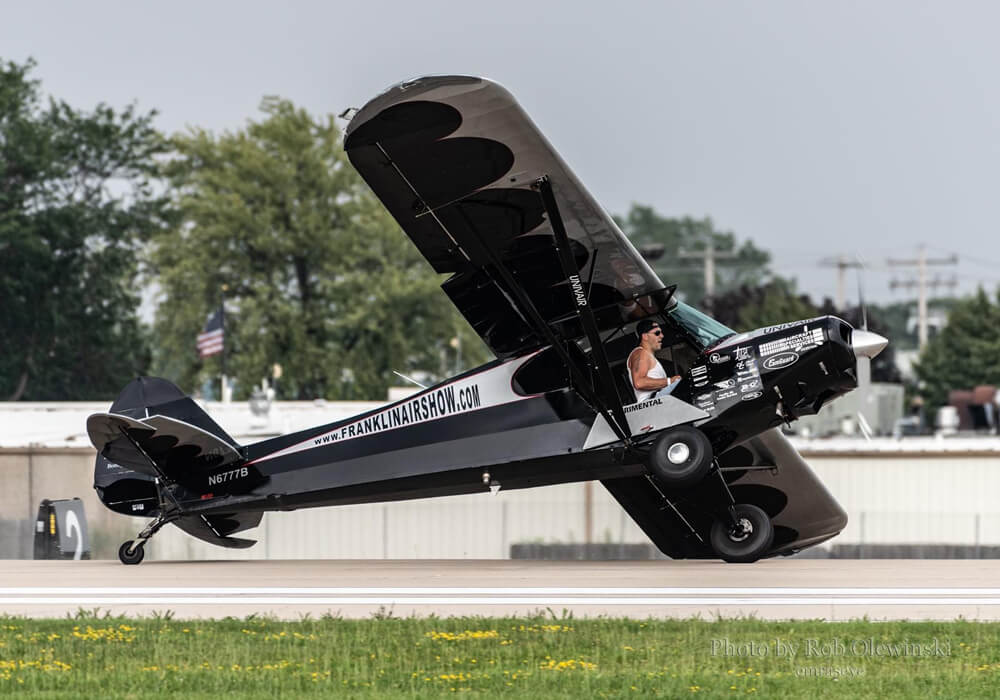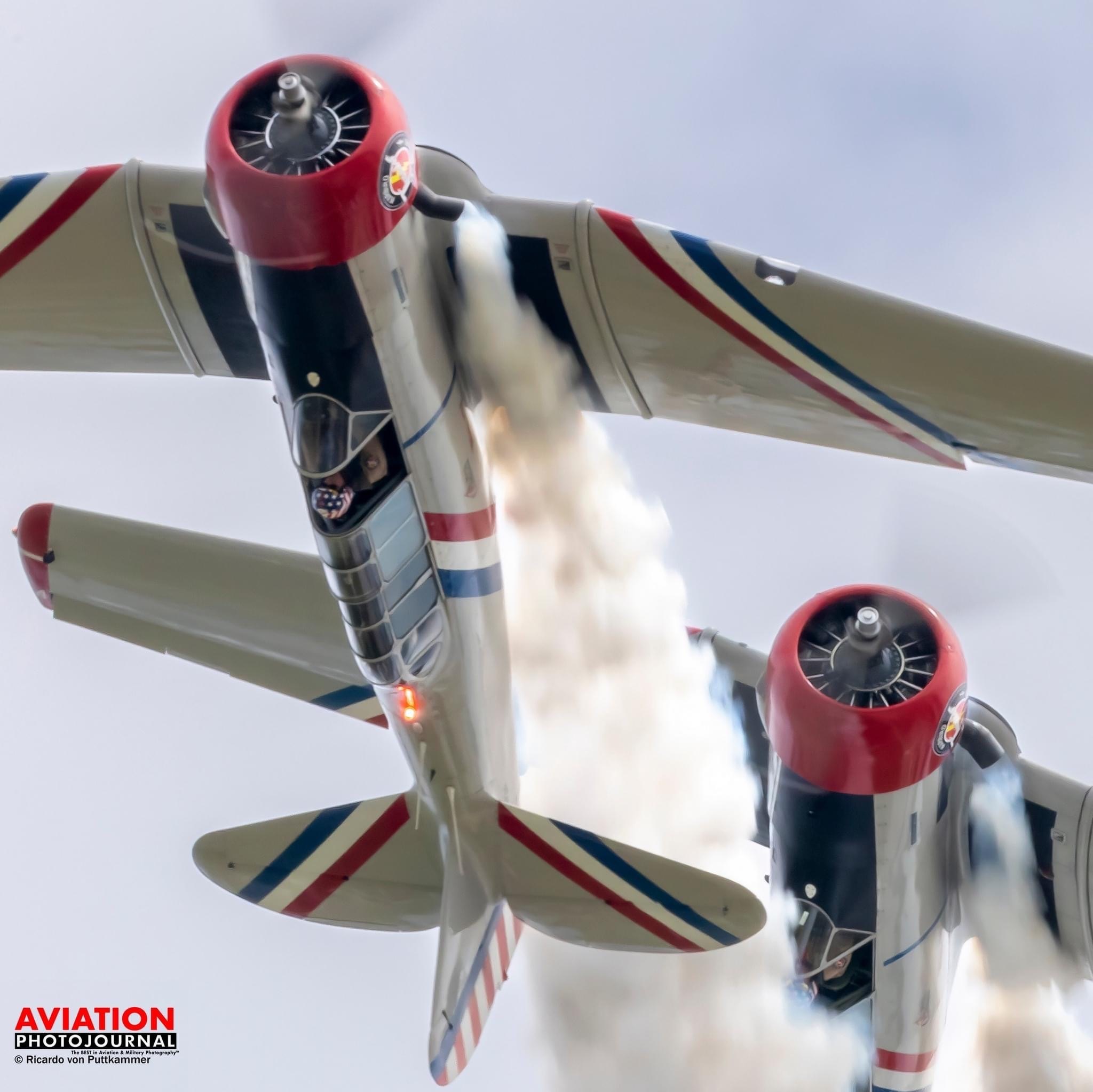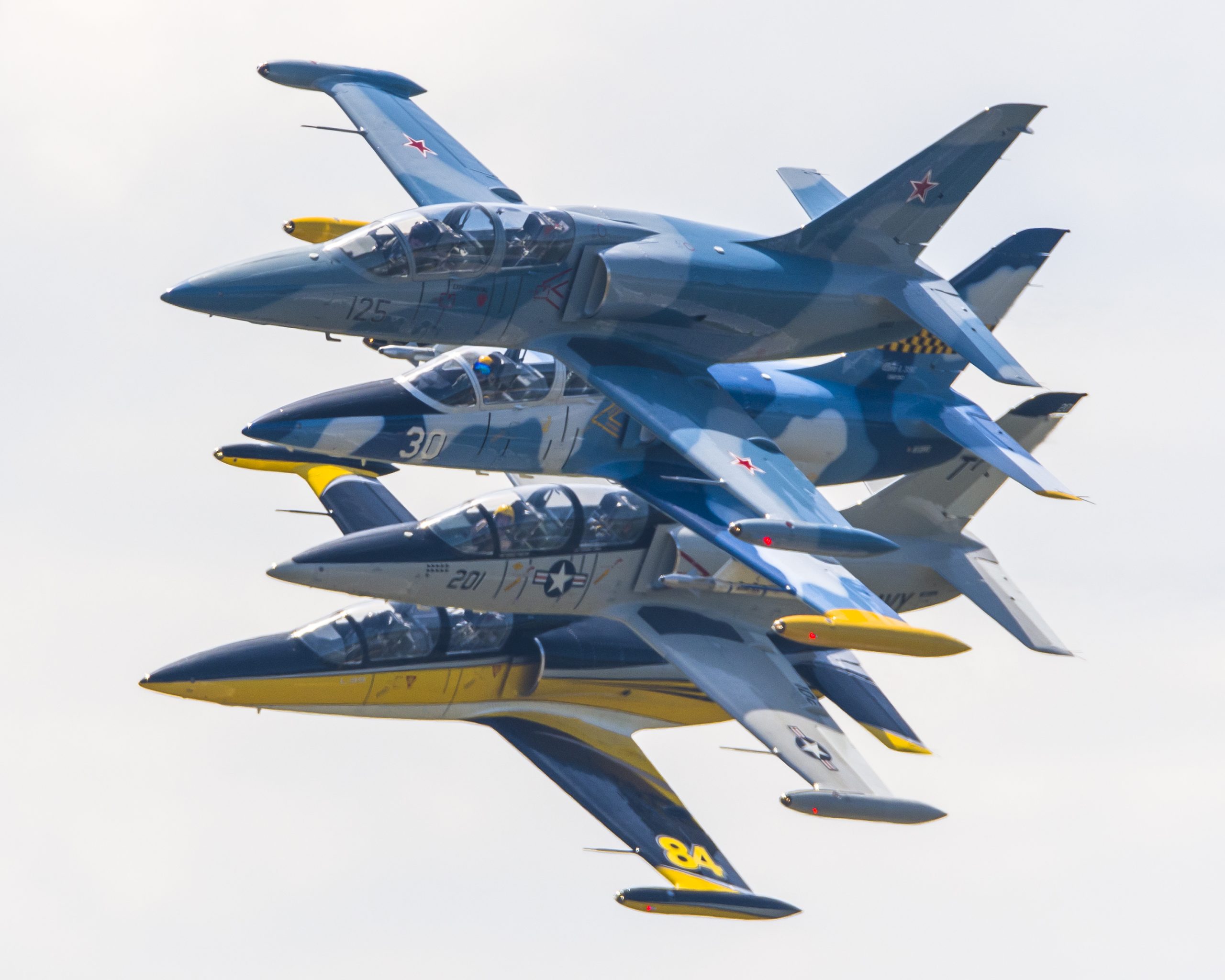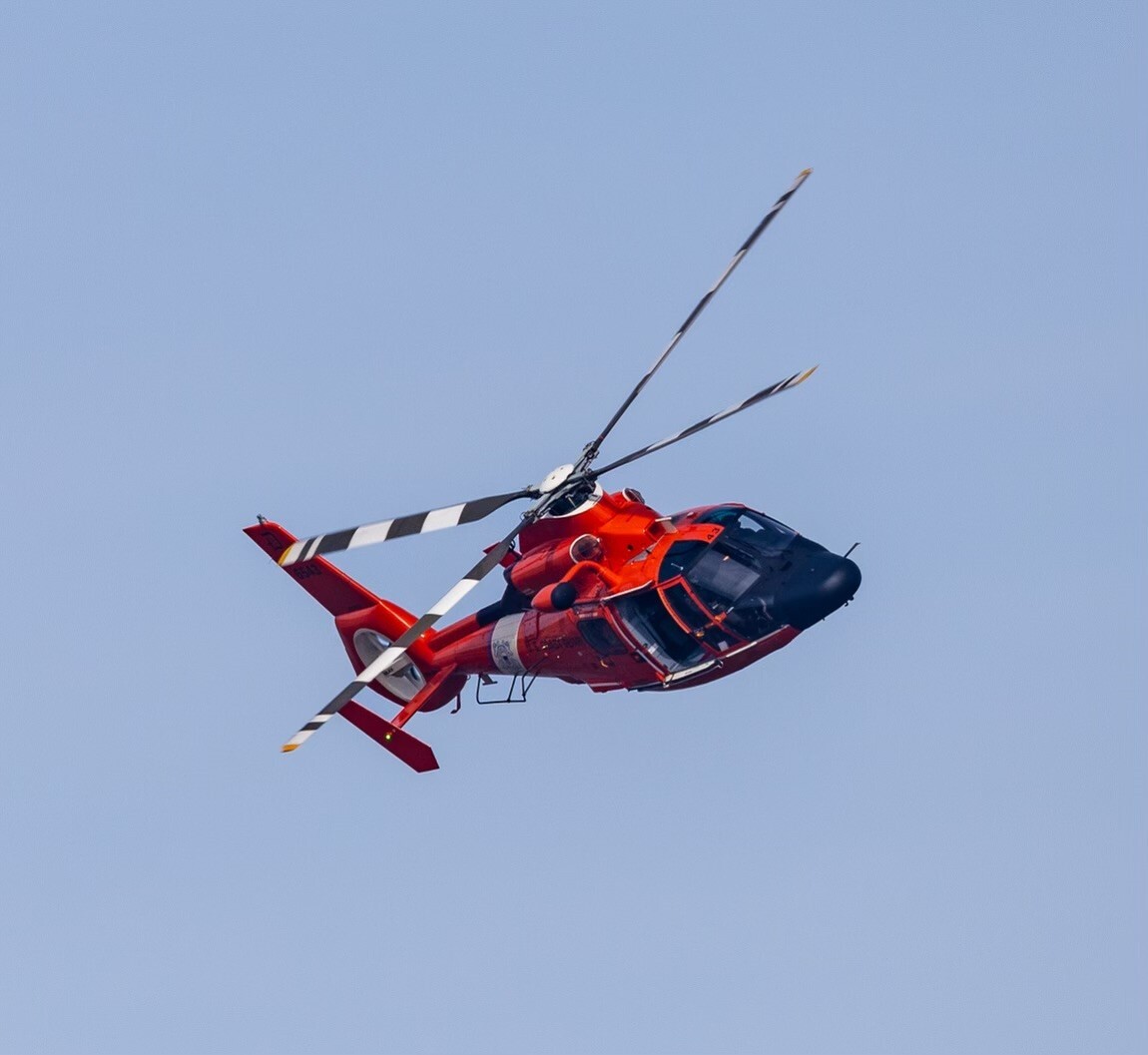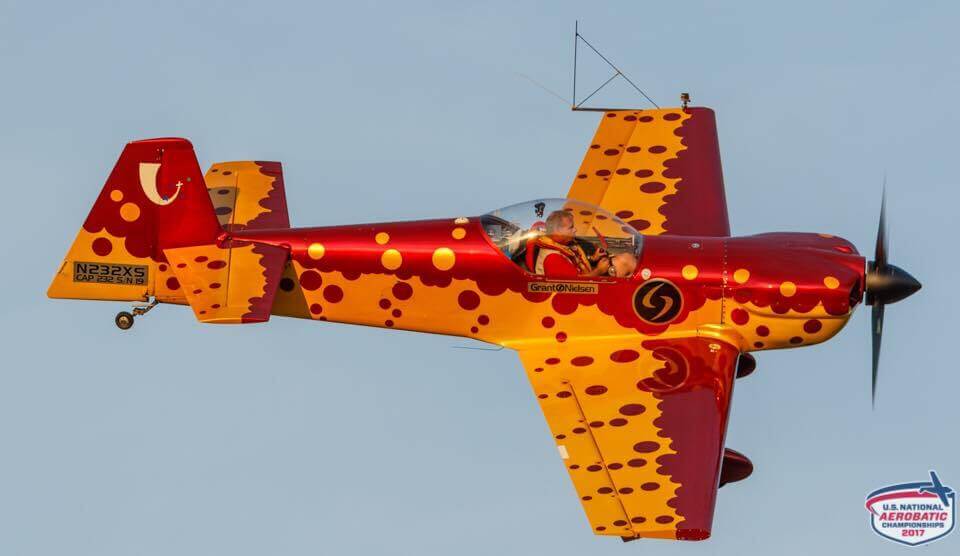*Performers and aircraft are subject to change or cancellation without notice.
We are thrilled to share that preparations are well underway the 2024 event as we diligently work towards securing an incredible lineup of performers. While we're still in the process of finalizing acts, we are delighted to announce that the world-renowned USAF Thunderbirds will be headlining our show. Their awe-inspiring aerobatic displays and precision maneuvers are sure to captivate audiences and create a thrilling experience for all attendees. Anticipate awe-inspiring performances by the Swamp Fox, who will take to the skies in a P51 Mustang and an F-86 Sabre, along with the incredible skydiving team, Misty Blues, whose participation is now confirmed. Stay tuned for more updates as we craft an unforgettable event brimming with exceptional talent.
